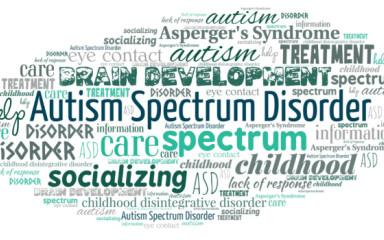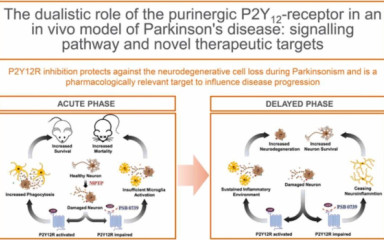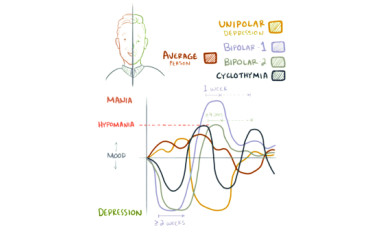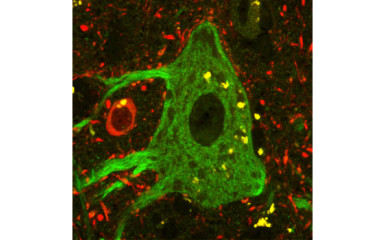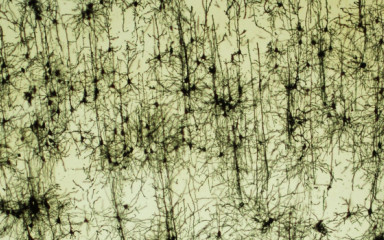Neurobiology of social behavior and psychiatric diseases
In 2015, the United Nations set 17 Sustainable Development Goals (SDGs), which include ensuring healthy lives and well-being for all at all ages. One of the health focus areas is to maintain mental health. Differences in social behaviour are the result of a complex interplay of genetic and environmental factors and range from mild behavioural disorders to life-threatening suicide attempts. While research over the past decade has focused on genetic factors, more recently there has been increasing attention to the role of environmental influences: we now know that the development of psychiatric disorders can be linked to modern lifestyles, abnormal birth events or traumatic childhood experiences. The potential impact of these environmental factors has been amplified by the COVID epidemic, and the importance of mental health maintenance is further highlighted by the emergence of 'mental pandemics' and post-COVID syndrome with psychiatric symptoms as a consequence of pandemic and isolation.
A common feature of mental illnesses is that, although they are known to be caused by abnormal brain function, their neuronal network background is not yet sufficiently understood and therefore their outpatient treatment is not yet solved. During early life, the nervous system undergoes a dynamic process of change and is particularly sensitive to external environmental factors, which are a risk factor for psychiatric disorders with subsequent disturbances in social behaviour. Understanding these is essential for the development of effective therapies in adulthood as well as early interventions.
In this research programme, we will use relevant animal models and clinical studies, state-of-the-art behavioural and network neurobiology to explore the neurobiological basis of social behaviour and its disorders, with a view to identifying new drug targets. The economic exploitation of our results makes our fruitful decade-long collaboration with original pharmaceutical R&D partners in the field of psychiatric diseases (Richter Gedeon Rt., Janssen) a realistic alternative.






